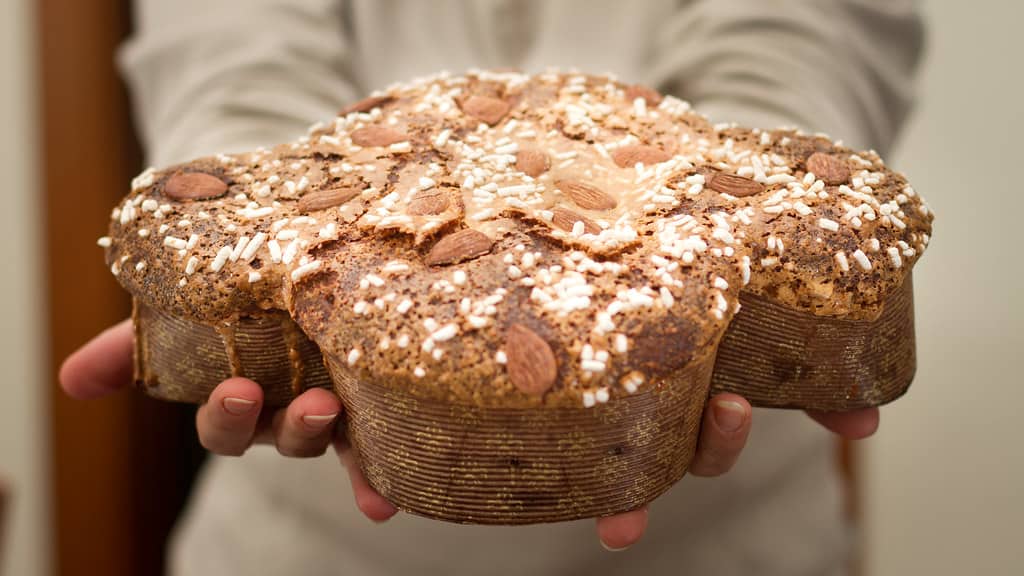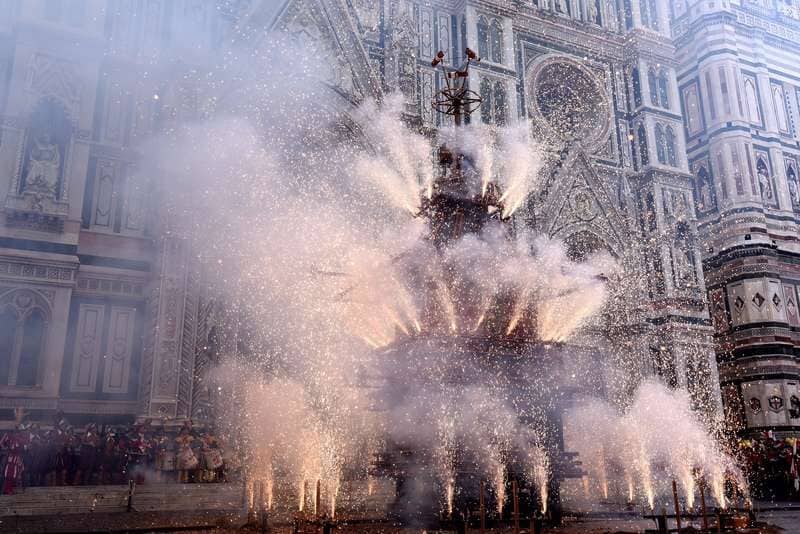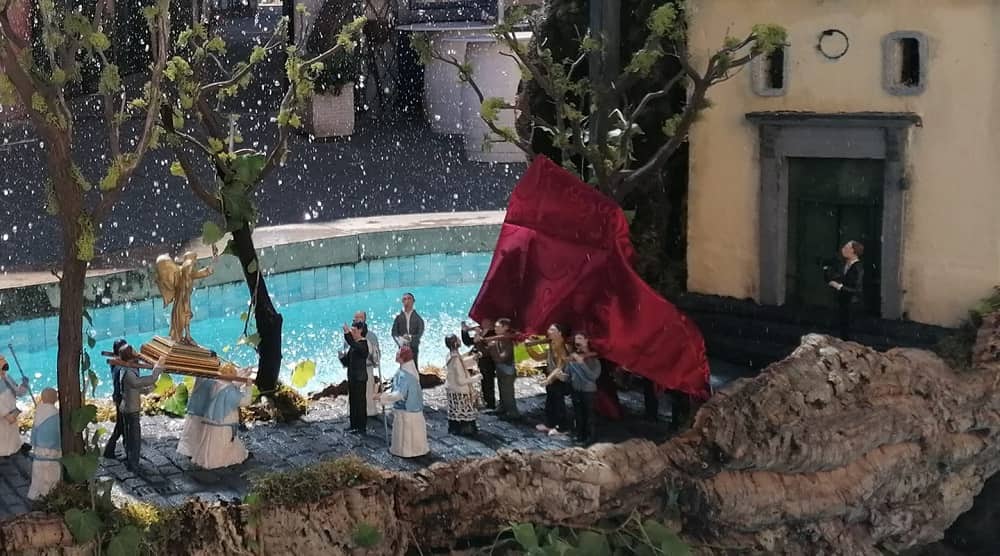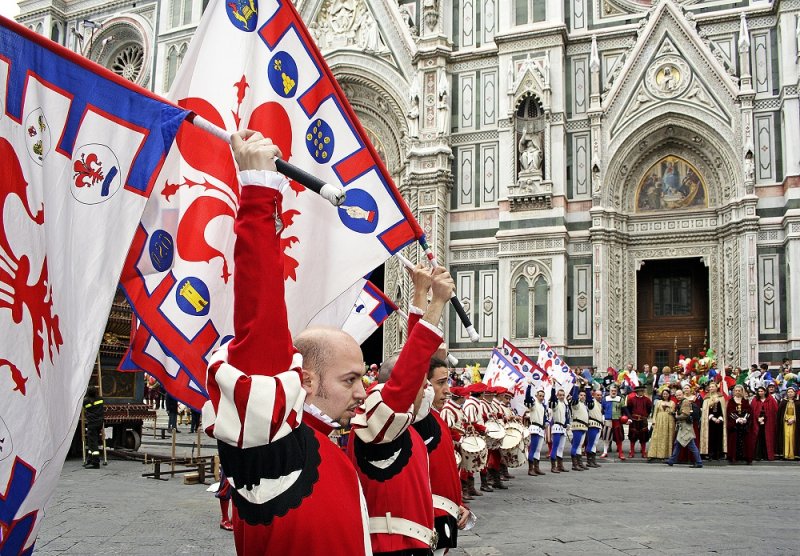“Christmas with your family, Easter with whoever you want" is the famous proverb that perfectly describes the carefree and spring atmosphere of Easter. Since the elementary school books, all the drawing and illustrations on this theme show blooming meadows, colours, and moments of joy and sharing, precisely because this holiday connects to the new season, with important traditions with important traditions (religious, gastronomic and cultural) from North to South. Let's discover all of them together.

Religious and gastronomic traditions

The religious sentiment of Easter naturally celebrates the Resurrection of Christ. Easter ends the period of Lent, which began on Ash Wednesday. The festivities start on the previous Sunday, that of the Palms, which inaugurates the Holy Week.
One of the most common rituals is the Via Crucis (Way of the Cross) on Good Friday, which recalls the path taken by Christ to reach the place of his crucifixion.
On Easter Sunday, almost all Italians meet to have lunch with friends, tasting some typical dishes of this period: the lamb as the main course; the classic dessert, that is the Easter dove; and the blessed hard-boiled eggs that in more recent times have given way to the tradition of the chocolate egg. The egg is an ancient symbol linked to rebirth.
From the North to the South, the festivity takes on much more local peculiarities.
Easter in Northen Italy

In Bormio, in Lombardy, people celebrate the centuries-old parade of Pasquali. These are allegorical wagons that transport handicraft masterpieces all around the village. The 5 districts compete with each other to win the prize of best Easter wagon.
In Tredozio, in Romagna, the Palio dell'Uovo (the Egg Palio) has been celebrated for a few decades. It consists of a series of challenges among the small village inhabitants, which always have to do with eggs. There is egg-hunting, hard-boiled egg-beating, the egg-eating contest, and the raw-egg battle. On Mondays, on the other hand, there is a challenge among allegorical floats.
Easter in Central Italy

The Explosion of the Cart in Florence is now famous. The tradition dates back to the 17th century but evokes the feat accomplished by a Florentine during the First Crusade. The decorated cart, called Brindellone, is pulled by oxen in procession all along the streets until it stops in Piazza Duomo. Here a rocket in the shape of a dove (the Colombina) is lit and thrown against the cart: it catches fire and, thanks to the flares installed on, creates a beautiful fireworks display.
The Way of the Cross in Rome is perhaps the most important one from a religious point of view, as the Pope himself takes part in it. But it is a very suggestive moment for anyone. Thanks to the places reached by the procession, it is an opportunity to enjoy the archaeological beauty of the capital in a different light. It is even more exciting to think of celebrating a Christian rite through ancient pagan structures.
Easter in Southern Italy

These kind of tradition are always increasingly varied and heartfelt in the South. There are many examples: starting from Campania, we have the Corsa dell'Angelo (The Angel race) in Forio (Ischia); then there is the Procession of the Hooded Apostles in Procida; while in Naples, it is customary to prepare the Pastiera, typical Easter cake.
In Apulia, there is the Procession of the Perdoni (also hooded) in Taranto. In Noicattaro, a bonfire is kept on during Holy Thursday night, while in many places in Bari province, it is easy to come across a Procession of Mysteries.
Sicily is the wealthiest region in terms of Easter customs. With the Dance of the Devils in Prizzi (Palermo) and I Diavulazzi 'i Pasqua (Easter bad Devils) in Adrano (Catania), the victory of good over evil is carried on stage with dances, processions and theatrical re-enactments.
Almost the same happens in San Fratello (Messina) with the Feast of the Jews, where farmers and shepherds impersonate the devil that duels against the faithful. Sicily even offers a touch of internationality. Both the Easter rites of Enna (included in the Registry of Intangible Inheritance of Sicily) and the Procession of the Mysteries of Trapani (which lasts 24 hours) are Spanish origin traditions.
About the author
Written on 01/04/2021



Matteo Boccadamo
What are the most beautiful Easter traditions in Italy? Let's discover them together, from North to South.